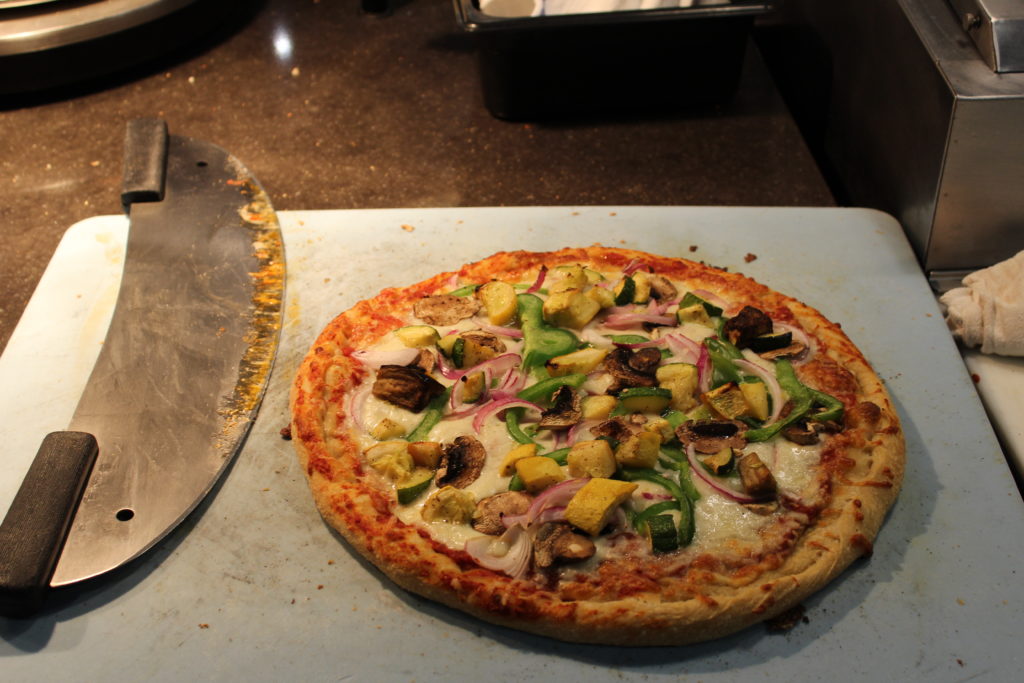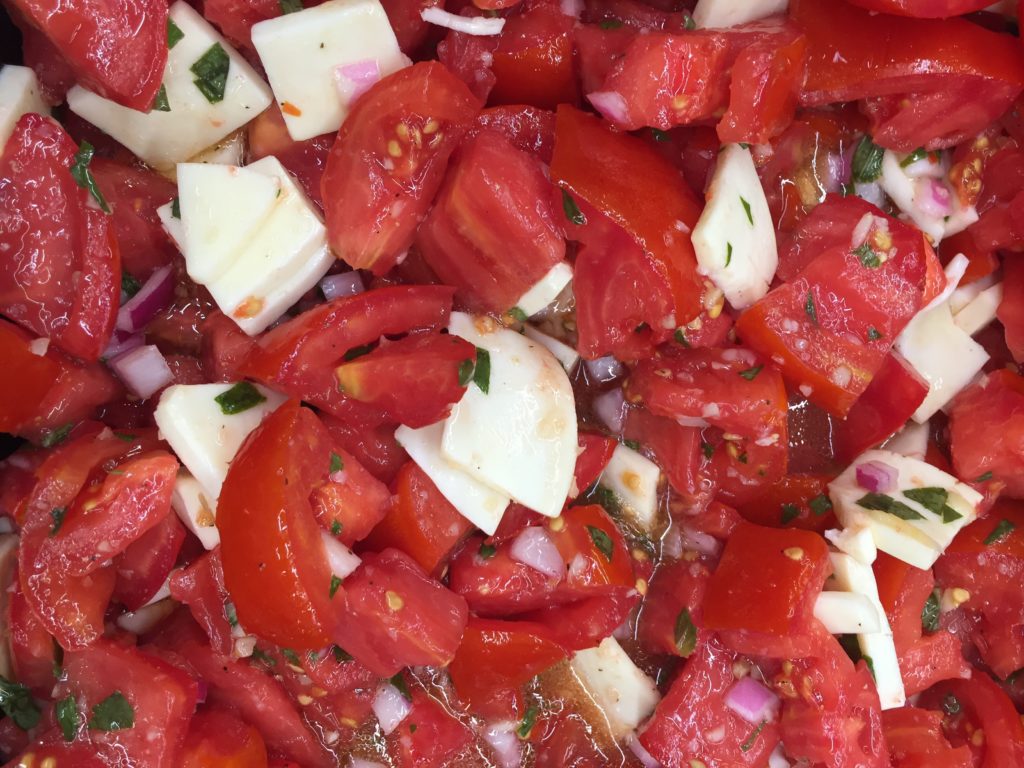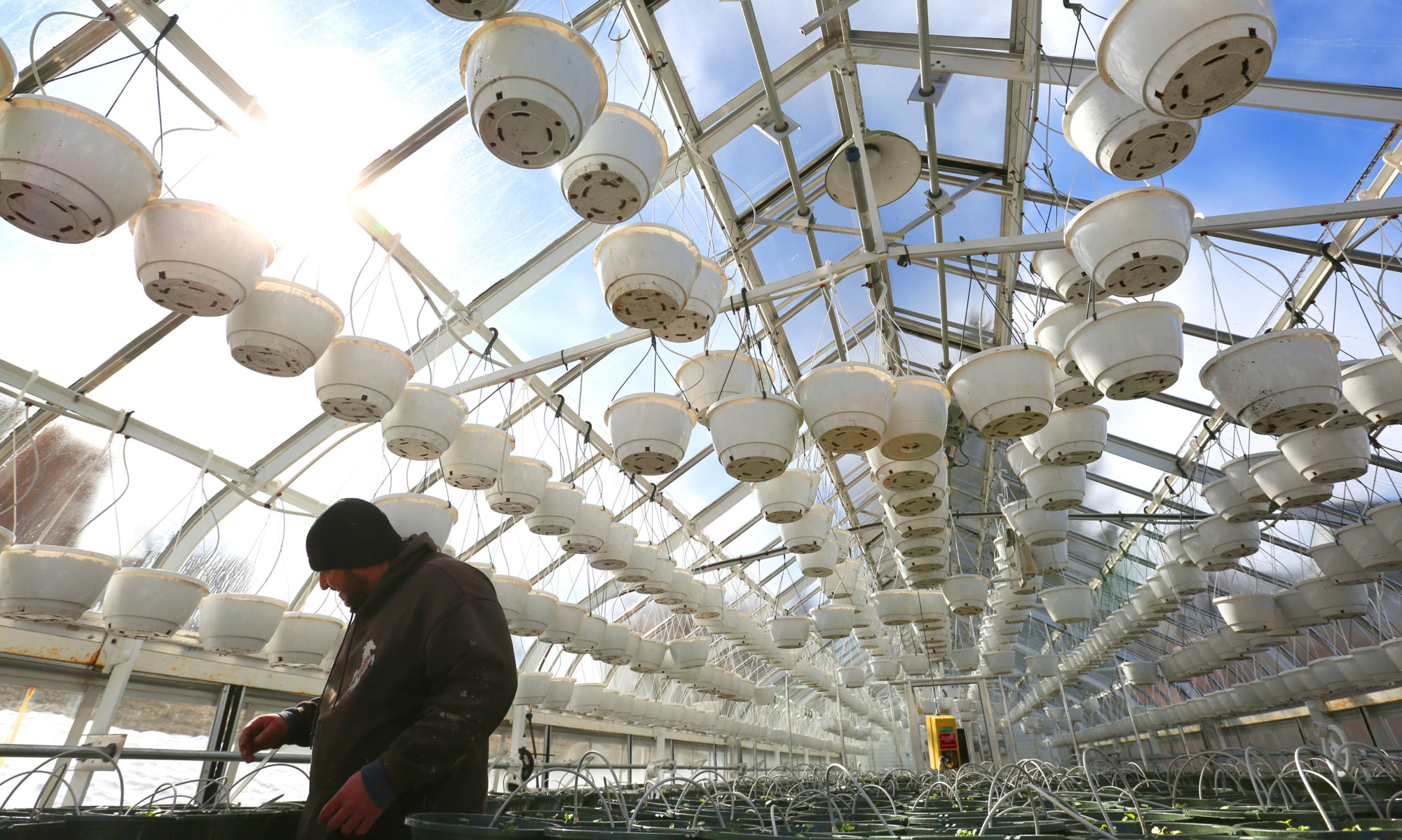
During my time at Holy Cross, I have never seen nor heard students talking about where the food in Kimball originates while waiting in line for food. Rather, overwhelmed with various studies and focused on getting our degrees, I tend to hear my classmates chatter about upcoming work or events. Moreover, I have observed that my generation often forgets to consciously take efforts to live sustainably. As shown in this current semester, Holy Cross Dining Services had to recall the reusable containers because over 1,200 were lost (assumed to have been thrown away). Despite this unfortunate incident that could indicate that the student body is indifferent to the efforts taken by Dining to make Kimball more sustainable, I am confident that every student at Holy Cross has a general knowledge about environmental problems. For instance, my class of 2023 read The Uninhabitable Earth before entering our freshman year, which explored various environmental issues. However, I believe that the problem in making our campus more sustainable arises from a discrepancy between the knowledge the student body has about the environment and a misconception of how their individual actions ultimately affect sustainability on campus.
As a current sophomore at Holy Cross who is interested in environmental studies, I have been exploring our local food system and ways to better integrate our school into it. During my internship with the Office of Sustainability, I have observed many of my student peers lack knowledge about the effect of their actions on our food system. However, I believe that promoting more awareness of the origins of food would encourage my peers to take action. While working with the Office of Sustainability, I have focused my efforts on bringing awareness to local food at Kimball. I aim to show my fellow classmates that the food we eat impacts the local food system.

Dining Services sources at least 20% of its food and beverage products from local sources. Yet, do students think about the food they eat, where it comes from, how it was made, or how it even got to Holy Cross? I do not blame students for this oversight, but rather see this as an opportunity to expand conversations around food sourcing. I am blessed to live in a time of convenience where I can avoid thinking about sourcing, but this luxury does not come unscathed. The increased carbon footprint that comes with the transportation of food itself, being one major negative consequence of sourcing food from distant areas. For example, Christopher Weber and Scott Matthews (2008) estimate that roughly 11% of food’s lifecycle carbon emissions comes from its transportation. Recognizing the negative environmental impact of food transportation, I have begun collaborating with Dining Services to expand awareness around local sourcing at Holy Cross. Did you know that we buy from the Worcester Food Hub and had community members involved in its formation? Buying from this local source reduces the amount of mileage that our food travels from the farm to our plates, consequently reducing Holy Cross’s carbon footprint.
There are so many more ways in which Holy Cross as an institution can become more sustainable, and it is these small steps that eventually add up and lead to a wave of change. With my work, I hope to inspire a change in my fellow classmates to understand their individual effects on the environment and to act in ways that are more sustainable. A simple first step you can take is to make efforts to consume locally sourced food. Whether on or off campus, I challenge you to find out where your ingredients come from. If you are on campus, Dining can share this information to help guide your efforts. If you are at home, you can quickly check the produce label at grocery stores. After all, our generation is the future, and we will have to find a way to adapt to modernization in a way that simultaneously protects the quickly changing environment, and eating local food is one easy way to help.
